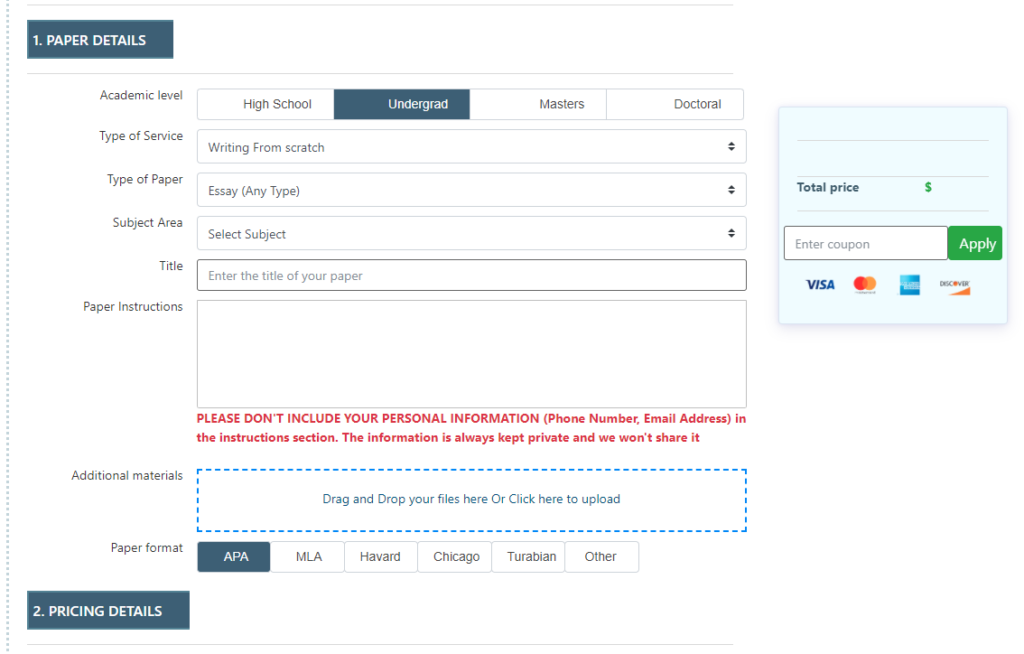Use the case study you selected in Week 4.
Case Study #2
You are a mental health professional in a correctional setting. You are treating an offender who voluntarily sought treatment for past trauma related to domestic violence and sexual assault. She informs you that there is an ongoing investigation against the perpetrator, who is her ex-boyfriend. She is afraid to testify and/or provide information against him but has shared information with you during sessions. You are contacted by the prosecutor for information regarding the case and have a full release of information signed by your client. Your client’s sister has also left you a message regarding the issue and is requesting a call back.
Create a visually engaging 10- to 12-slide Microsoft® PowerPoint® presentation that describes how you, as a correctional counselor or case manager, would report, document, and resolve the ethical dilemma. Use speaker notes for the majority of your information with bullet points and graphics for your slides. [3 points]
Incorporate course materials into each step in the process of resolving the ethical dilemma in speaker notes. [3 points]
Course material –
Books:
Written and Interpersonal Communication, Methods for Law Enforcement, Fifth Edition -AND
HUMAN COMMUNICATION, SIXTH EDITION
Use an ethical code of conduct (either one presented in course materials or one applicable to your future career(social worker) such as the ethical code of the National Association of Social Workers or the National Organization of Human Services) to justify each of your actions related to reporting, documenting, and resolving the ethical dilemma. [1 points]
Include a minimum of three sources, two of which should be course materials. [1 point]
Course material –
Books:
Written and Interpersonal Communication, Methods for Law Enforcement, Fifth Edition
HUMAN COMMUNICATION, SIXTH EDITION
Format any citations in your presentation consistent with APA guidelines. [1 point]
Proofread for grammar, formatting, and spelling errors. [1 point]
Course material –
Books:
Written and Interpersonal Communication, Methods for Law Enforcement, Fifth Edition
HUMAN COMMUNICATION, SIXTH EDITION
Week 1
Doss, D. A., Glover Jr., W. H., Gozz, R. A., & Wiggington Jr., M. (2016). Chapter 17: Communication within the justice system. Foundations of Communication in Criminal Justice Systems, 1-30.
Ledbetter, D. (2015). Opening the doors of communication to constituents. Corrections Today, 77(5), 14-15.
Week 2
Hasselt, V. B., Baker, M. T., Romano, S. J., Schlessinger, K. M., Zucker, M., Dragone, R., et al. (2006, February). Crisis (hostage) negotiation training: A preliminary evaluation of program efficacy. Criminal Justice and Behavior, 33(1), 56-69.
Sohl, S. J., Birdee, G., & Elam, R. (2015, February 18). Complementary tools to empower and sustain behavior change: Motivational interviewing and mindfulness. American Journal of Lifestyle Medicine, 1-8.
Walsh, J. L., Davies, J., Bagshaw, R., & Payne, E. (2012, January). Staff beliefs about the negotiation of serious prison incidents. Criminal Justice and Behavior, 39(1), 59-70.
Multimedia
In the Line of Duty (2011). Verbal Judo I (38 mins) [Video file], Academic Video Online.
Search
(inmates OR offenders) AND (de-escalation OR crisis intervention)
(inmates OR offenders) AND negotiation
motivational interviewing AND (correctional institutions OR prisoners OR inmates)
Week 3
Lurigio, A. J., & Fallon, J. (2007, August). Individuals with serious mental illness in the criminal justice system. Clinical Case Studies, 6(4), 362-378.
Multimedia
Electric Sky (1997). History of Slang: Criminal Jargon (2:22) [Video file], Films on Demand.
In the Line of Duty (2011). Verbal Judo II (33 mins) [Video file], Academic Video Online.
Search
(inmates or offenders) AND mental illness AND communication
correctional institutions AND interpersonal communication
Week 4
Bonner, R., & Vandecreek, L. D. (2006, August). Ethical decision making for correctional mental health providers. Criminal Justice and Behavior, 33(4), 542-564.
Haag, A. M. (2006, February). Ethical dilemmas faced by correctional psychologists in Canada. Criminal Justice and Behavior, 33(1), 93-109.
Stohr, M. K., Hemmens, C., Kifer, M., & Schoeler, M. (2000, June). We know it, we just have to do it: Perceptions of ethical work in prisons and jails. The Prison Journal, 80(2), 126-150.
Search
communication AND inmates AND family
institutionalized persons AND famil* AND communication
professional ethics AND correctional personnel AND (prisoners OR inmates)
Week5
Ricciardelli, R., & Perry, K. (2016). Responsivity in practice: Prison officer to prisoner communication in Canadian provincial prisons.
van Nijnattan, C., & Stevens, G. (2012). Juvenile participation in conversations with probation officers.
Search
communication AND prisons
communication AND probation
Do you need a similar assignment done for you from scratch? We have qualified writers to help you. We assure you an A+ quality paper that is free from plagiarism. Order now for an Amazing Discount! Use Discount Code “Newclient” for a 15% Discount!NB: We do not resell papers. Upon ordering, we do an original paper exclusively for you.
The post Ethical Dilemma Resolution Presentation appeared first on Nursing Writers Hub.







